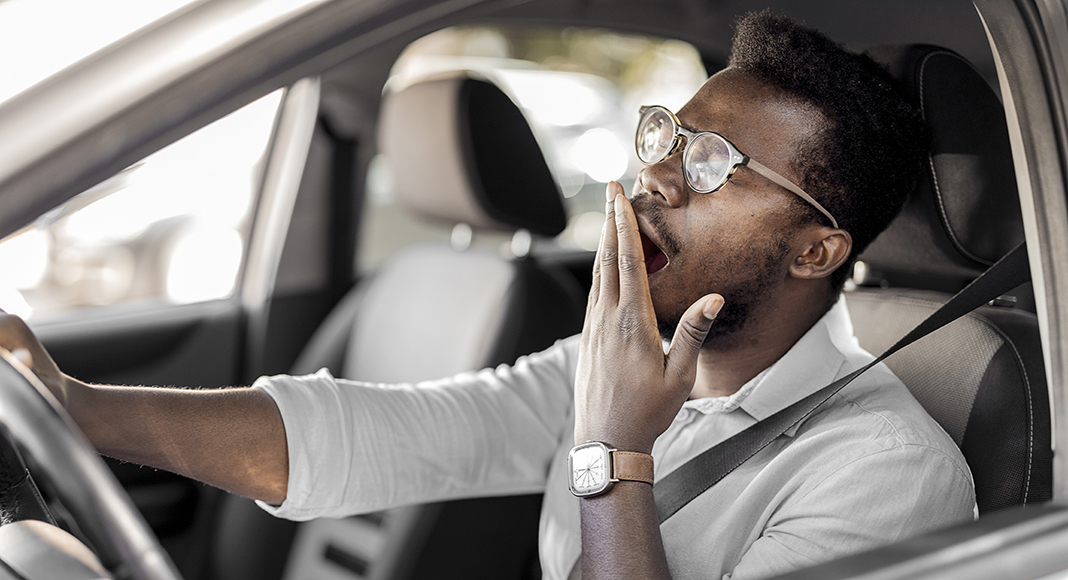Drivers may underestimate how tired they really are, leading them to stay behind the wheel instead of stopping for a much-needed break, new AAA research has found.
Estimates by the AAA Foundation for Traffic Safety reveal that 16 to 21 per cent of all police-reported fatal vehicle crashes likely involve drowsy driving.
âBeing drowsy while driving is a dangerous form of impairment, and it does not resolve or improve with continued driving,â said Dr David Yang, the Foundationâs president and executive director.
âOur goal is to help drivers learn to heed the early warning signs of drowsiness so they can stop, rest, and then continue their journey as safely as possible.â
In the study, researchers designed a 150-mile simulated nighttime highway driving experiment for the study. Every 20 miles, there was a simulated ârest areaâ at which participants could stop, leave the driving simulator, walk around, nap, drink coffee, or eat a snack. A monetary incentive encouraged drivers to complete the drive as quickly as possible while incentivizing them to avoid crashing. Researchers used a brief survey to gauge how drowsy drivers felt and measured the percentage of time their eyes were closed to gauge sleepiness.
When drivers rated their level of drowsiness as low, 75 per cent of them were, in fact, moderately or severely drowsy.
Even when drivers recognized they were extremely drowsy, they still declined 75 per cent of their opportunities to take breaks and kept driving.
The AAA said the results demonstrated a need to help drivers recognize how drowsy they are and said knowing the warning signs of drowsiness could help drivers to avoid dozing off behind the wheel.



















